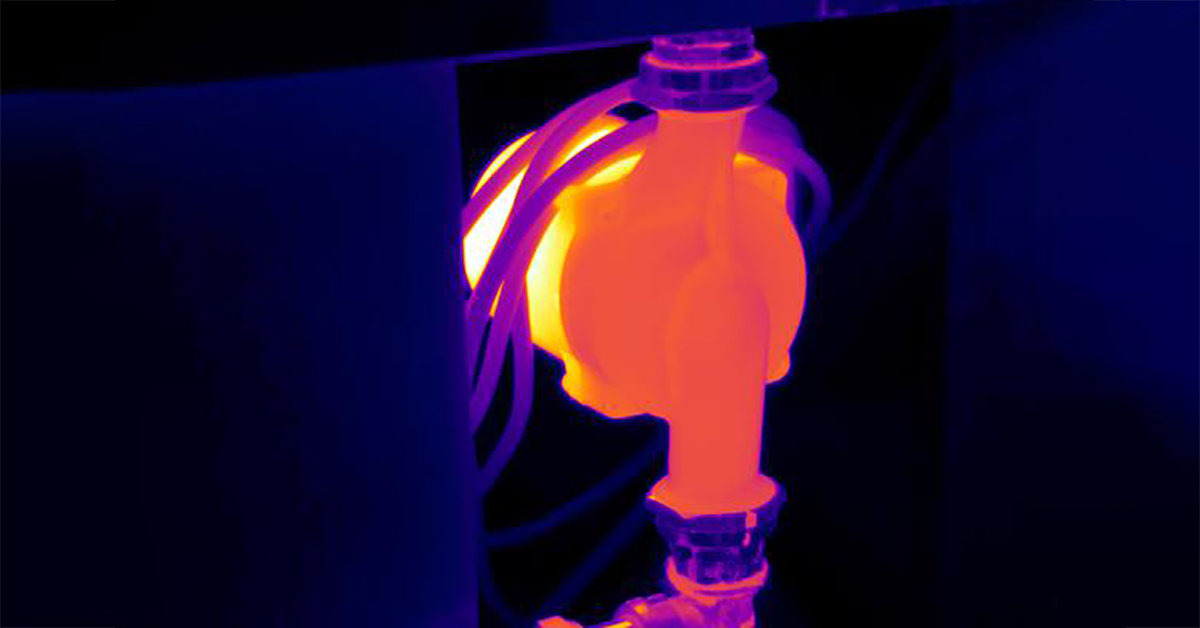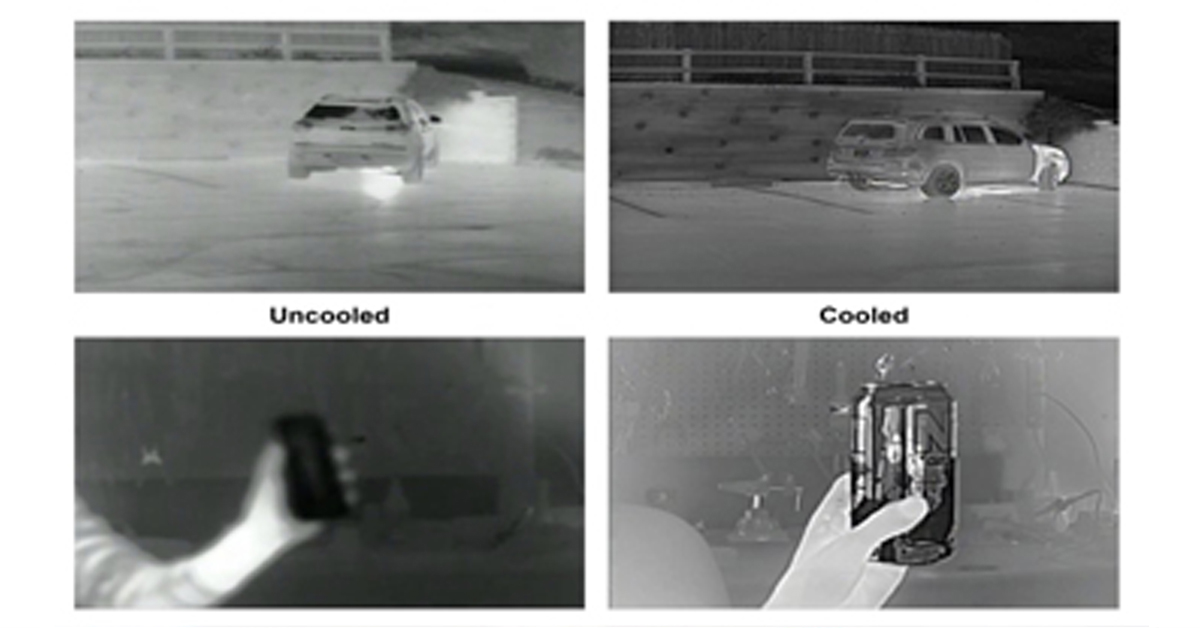
POE VS. POE+ VS. POE++: CHOOSING THE RIGHT INDUSTRIAL ETHERNET SWITCH FOR YOU
There are two types of PoE devices. One in which the device transmits power, called Power Sourcing Equipment (PSE), and the other is where the device must draw power, or Powered Device (PD). A typical application for PSEs is industrial networking switches. PDs appear commonly in VoIP phones, wireless access points, and IP cameras.
PoE vs. PoE+ vs. PoE++ Industrial Ethernet Switches
In beginning your search for an industrial PoE switch, you’ll find three common types – PoE, PoE+ and PoE++. Antaira offers PoE switches that meet all industry (IEEE) standards: 802.3af (PoE), 802.3at (PoE+), and 802.3bt (PoE++).
Traditional PoE switches are designed to power low-power devices, such as IP telephones. This means that there can be some loss of power, and these ports are typically rated at 15.4W and up to 44-57V.
PoE+ switches are backwards compatible with PoE switches, which delivers more power. The transition from 802.3af to 802.3at is relatively simple. A PSE designer will have to spend more time engineering the change to 802.3bt, but Antaira offers compatible industrial switches. A PoE+ port bumps up its rating to 30W and 50-57V to power higher-end devices.
Finally, PoE++ solutions, broken down into Type 3 and Type 4 solutions, take those specs even further to deliver, in Type 4 scenarios, 100W and 52-57V capabilities.
It’s important to note that a switch can be advertised as PoE++ even if not all ports are PoE++ enabled.
In summary, it’s critical to work with a trusted partner to determine which switch best suits your needs and the demands of your environment. PoE, PoE+ and PoE++ differ in max port power, port voltage range, twisted pairs used, max power delivered to the device, and voltage range to the device.
PoE Switches for Mission-Critical Applications
In both adverse environmental and weather conditions, Antaira offers several Industrial Power over Ethernet Switches. PoE Switches use RJ-45 Copper Port Technology to leverage strong connections over long distances and increased speeds. With connection capabilities of up to 100 meters, and speeds of 10mbps, 100mbps and 1,000mbps, there is a reliable option for any industrial application.
Using a single-twisted pair Ethernet cable, PoE provides data and utility transmission just like any other port, but they also provide electricity through the same cable.
The Benefits of Industrial PoE Switches
● Strong connections over long distances with increased speeds.
● Fiber connectivity options for PoE switches.
● Options for 802.3af, 802.3.at, and 802.3bt.
● Option to use a single twisted pair Ethernet cable.
● Multiple managed port options ranging from five to 28, depending on the voltage.
● Unmanaged port options ranging from five to 26, depending on the voltage.
Industry Solutions for PoE Industrial Switches
Antaira’s Industrial PoE switches work in a variety of settings.
● Machine vision, where significant bandwidth and connectivity are required between systems.
● Surveillance with constant network monitoring and minimal downtime.
● Law enforcement situations that require a broad environmental and temperature operation capacity.
Blog Posts


Thermal Camera Selection
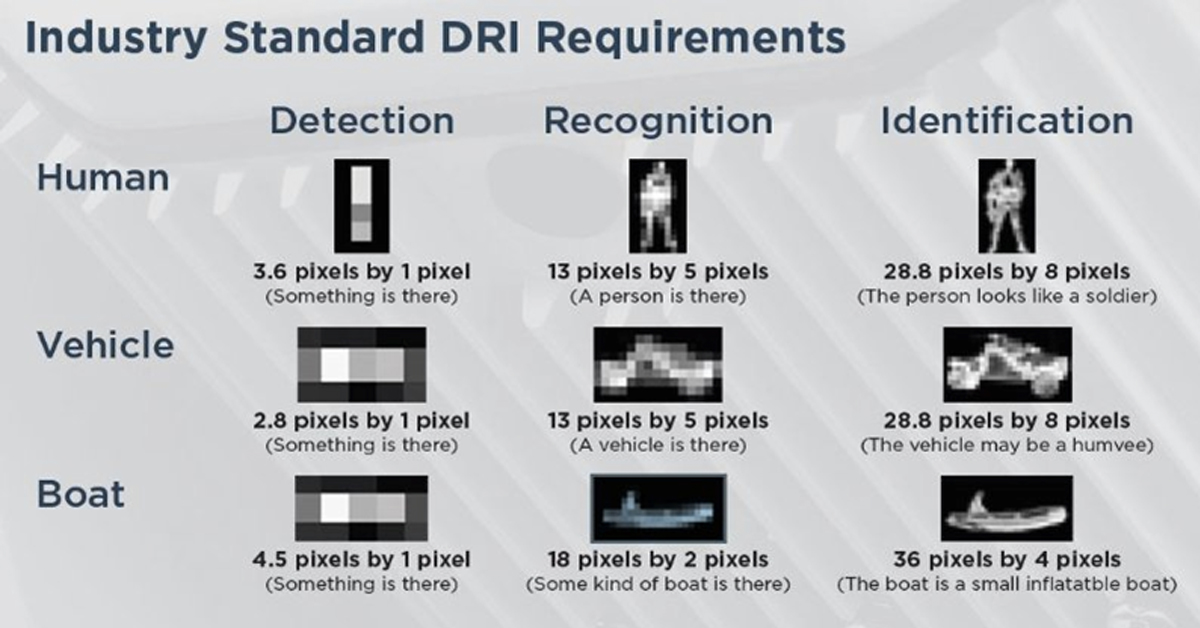
How Far Can I See?

How Should Human Temperature Be Measured?

What is Wide Dynamic Range?
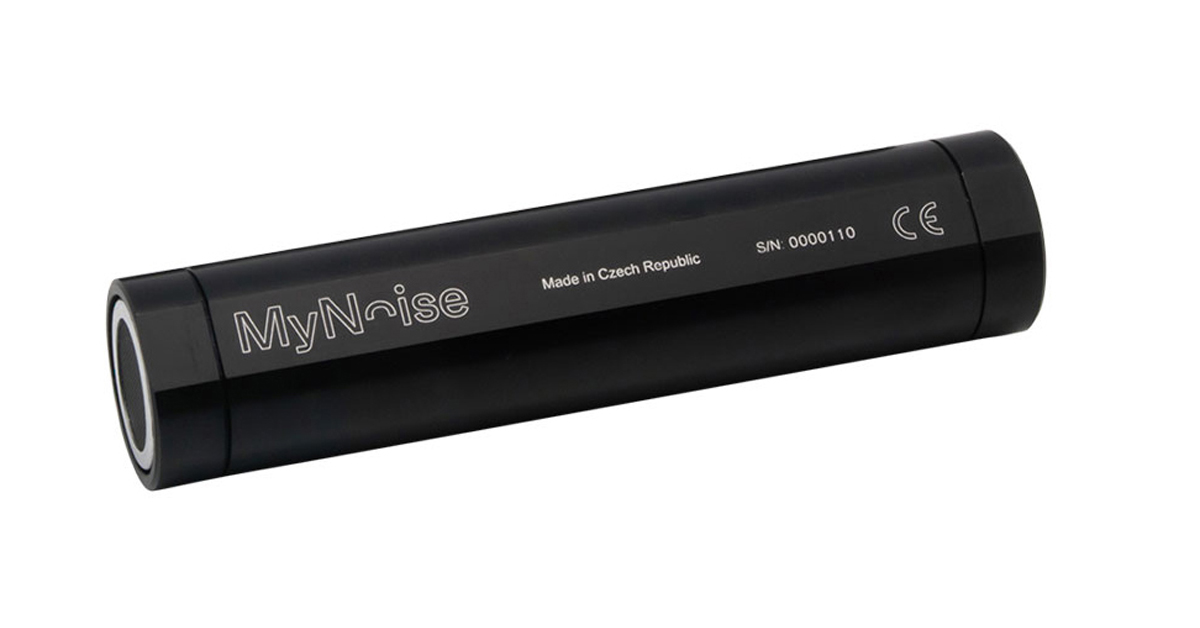
MYNOISE AUDIO MIXER REVIEW

WHAT IS A WIRELESS DISTRIBUTION SYSTEM?

POE VS. POE+ VS. POE++: CHOOSING THE RIGHT INDUSTRIAL ETHERNET SWITCH FOR YOU

INDUSTRY-LEADING INDUSTRIAL ETHERNET SWITCHES
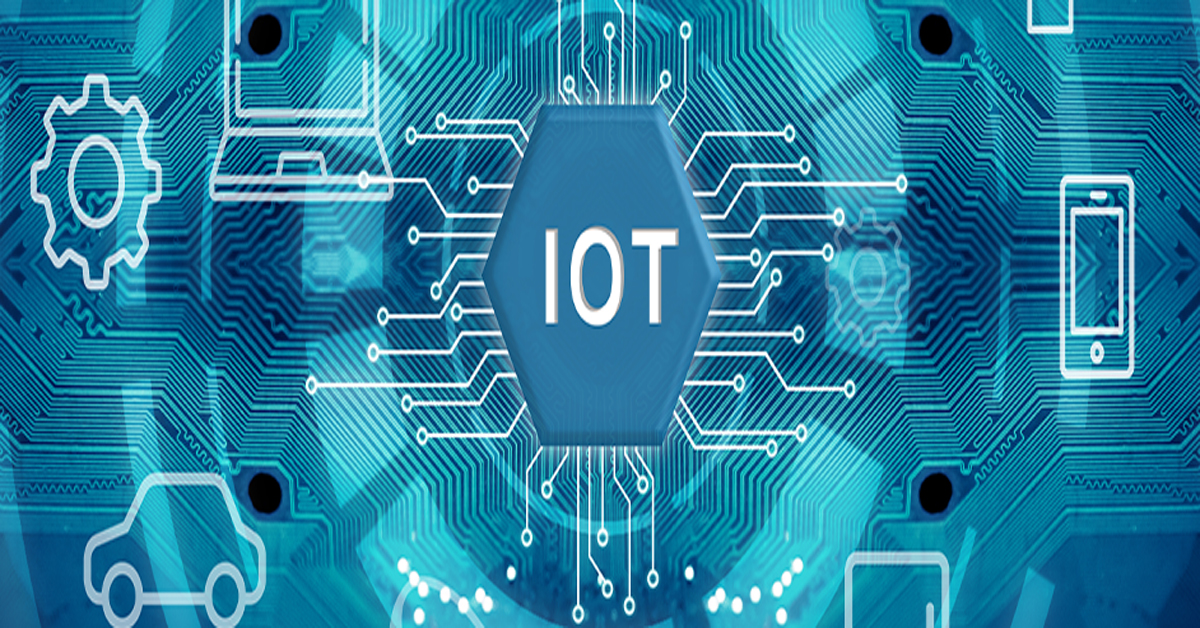
UNDERSTANDING WHAT THE INDUSTRIAL INTERNET OF THINGS IS
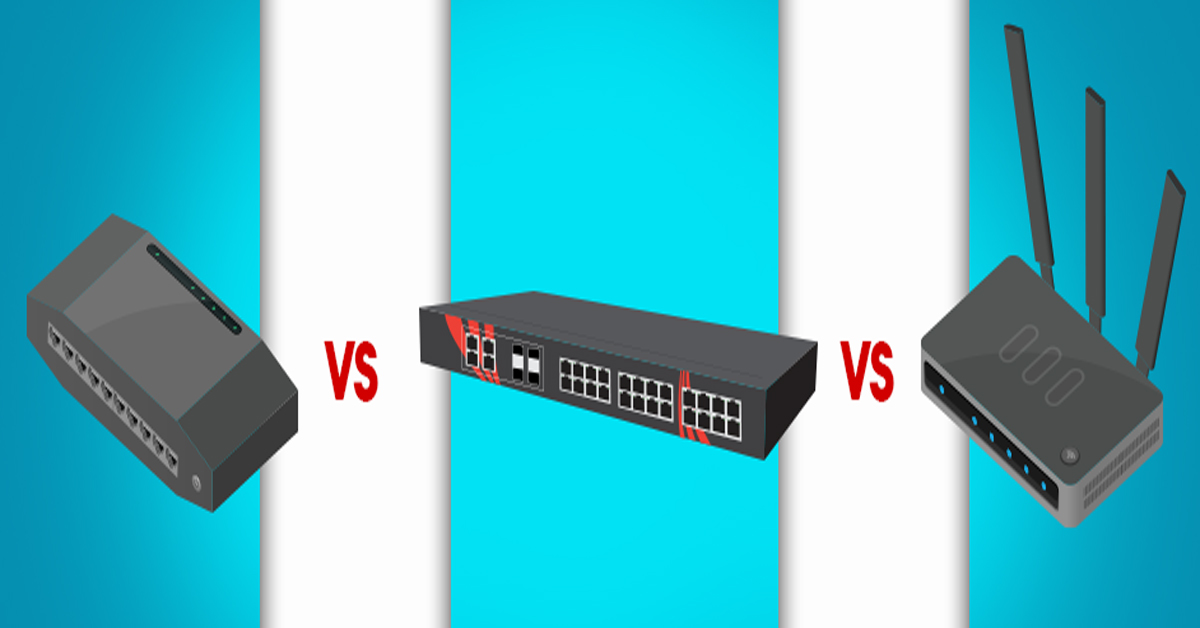
THE DIFFERENCE BETWEEN A HUB, SWITCH, & ROUTER

5 Benefits of Thermal Imaging Cameras
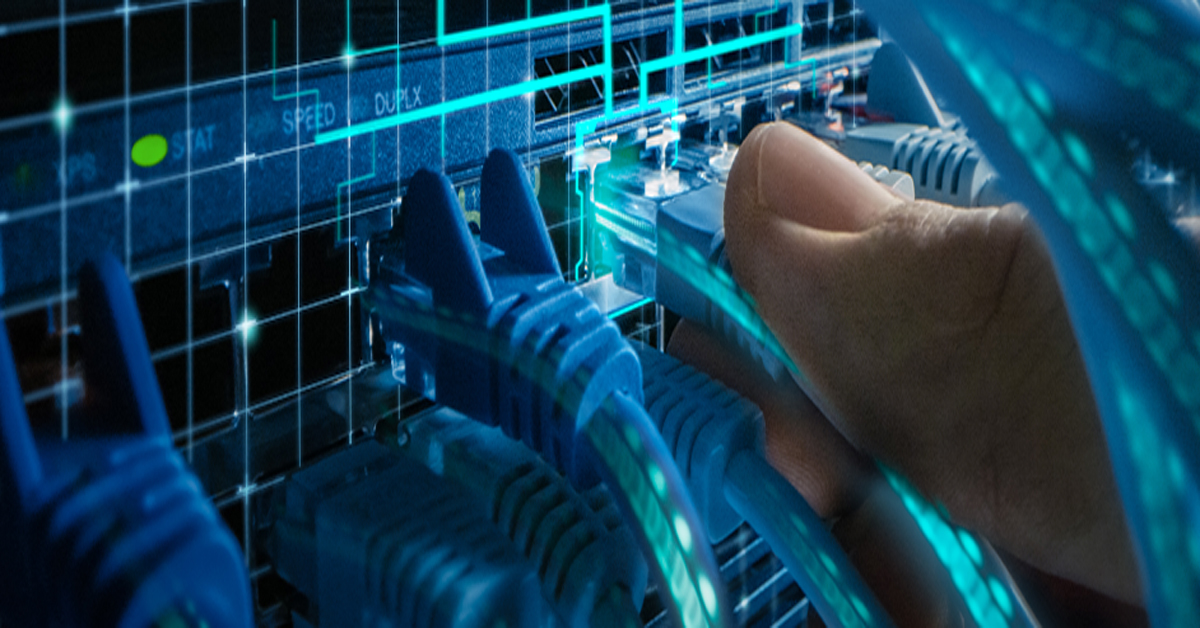
DIFFERENCE BETWEEN INDUSTRIAL ETHERNET AND REGULAR ETHERNET

INDUSTRIAL NETWORKING EQUIPMENT USED FOR AUTONOMOUS VEHICLES

CYBERSECURITY: PROTECTING INDUSTRIAL CONTROL SYSTEMS
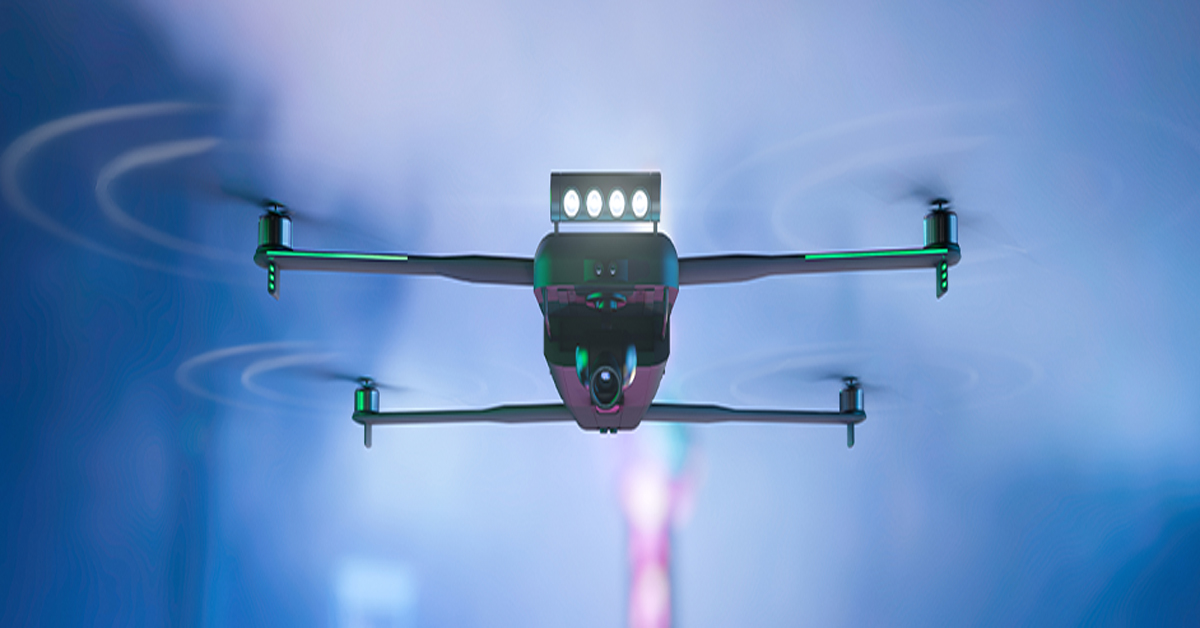
HOW INDUSTRIAL NETWORKING CAN PROVIDE SECURITY FROM DRONES
.webp)
Thermal Cameras Reveal How to Keep Your Home Cool During a Heat Wave

FLıR ONE PRO
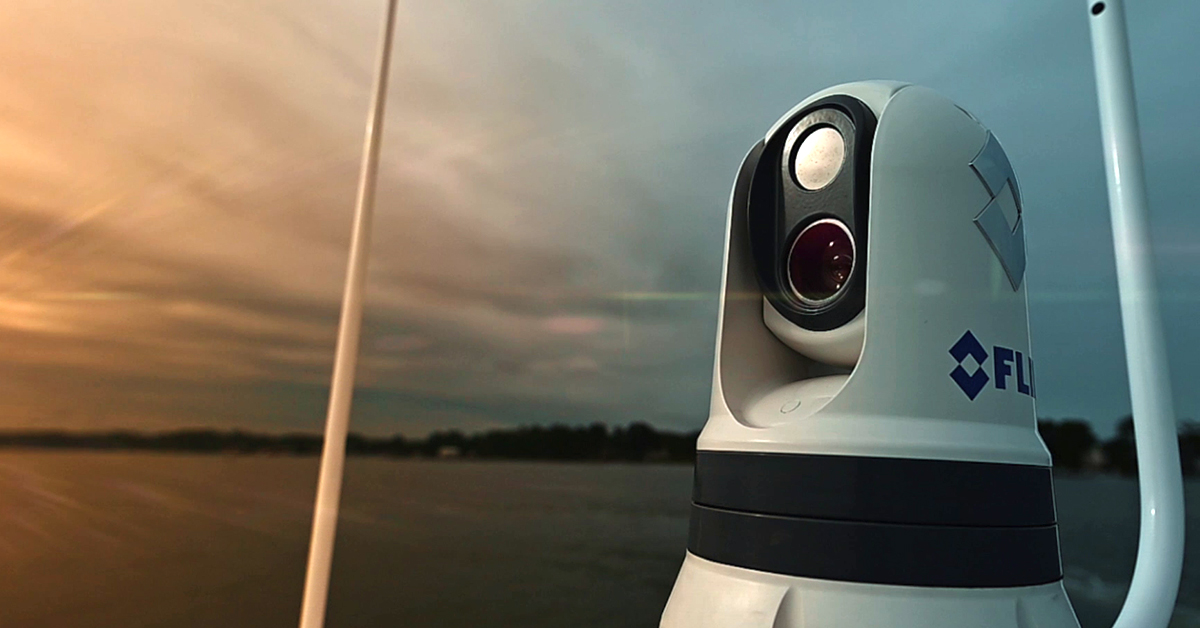
On the Water with the FLIR M364C
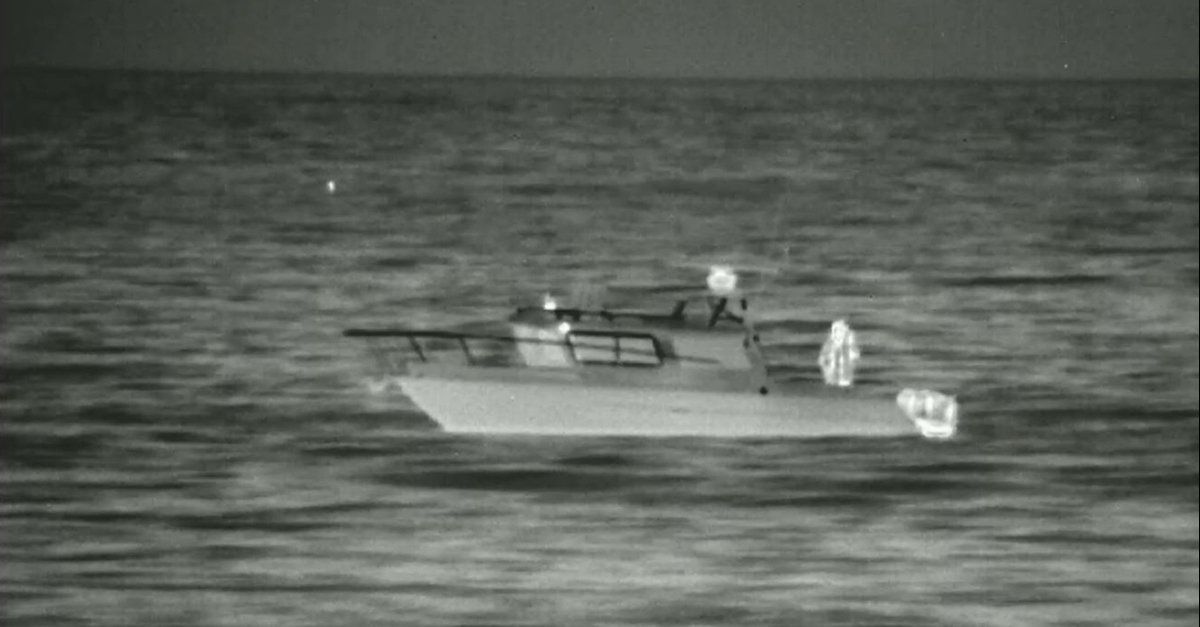
Unmatched Maritime Awareness with Cooled Thermal Imaging

What Is the Right Handheld Thermal Camera for You?

Camera Resolution and Range

Special Applications for Marine Cameras

What’s The Difference between Thermal Imaging and Night Vision?

Can Thermal Imaging See Through Fog and Rain?
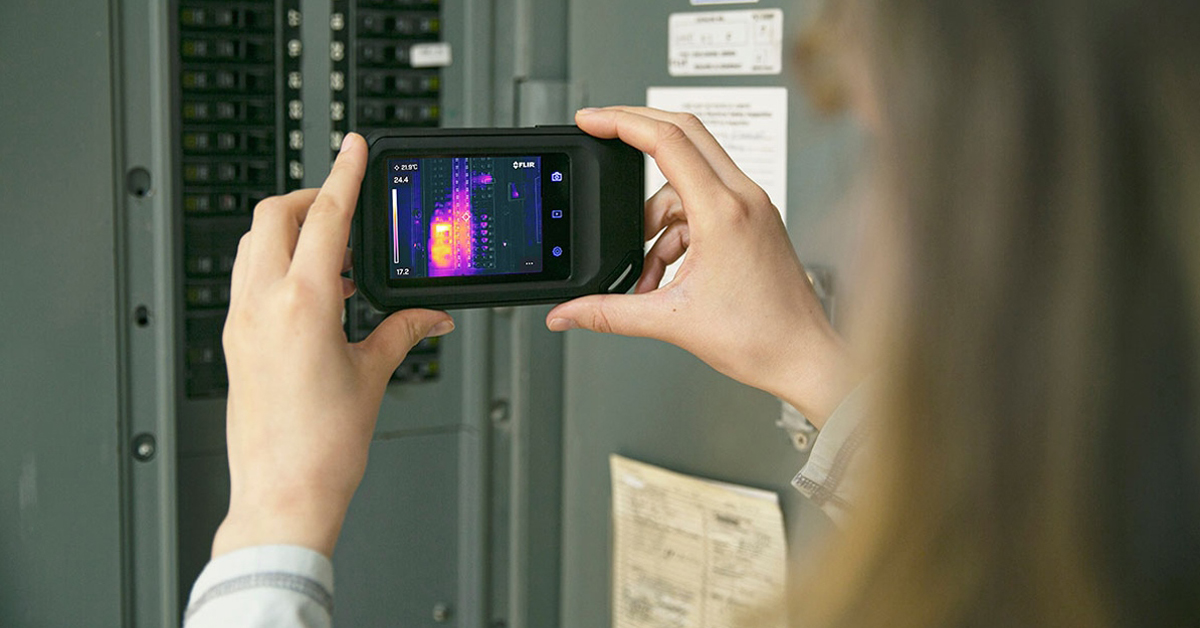
Which Cx-Series Camera Is Right for You?
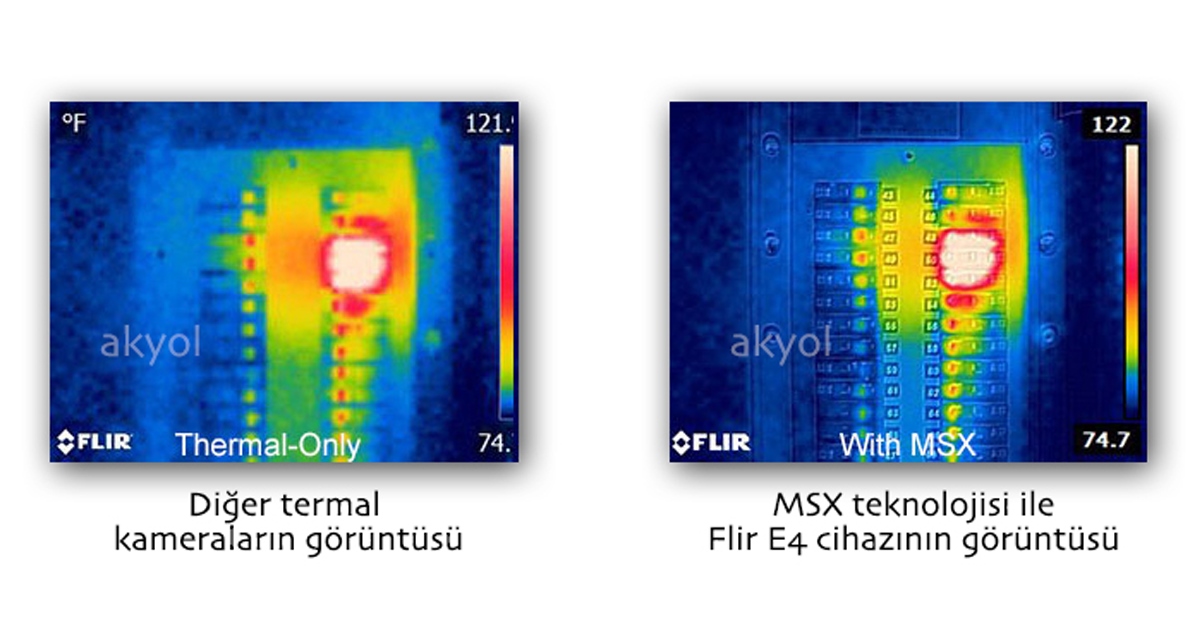
What is MSX®?

Five Reasons Maritime First Responders Need Thermal Imaging
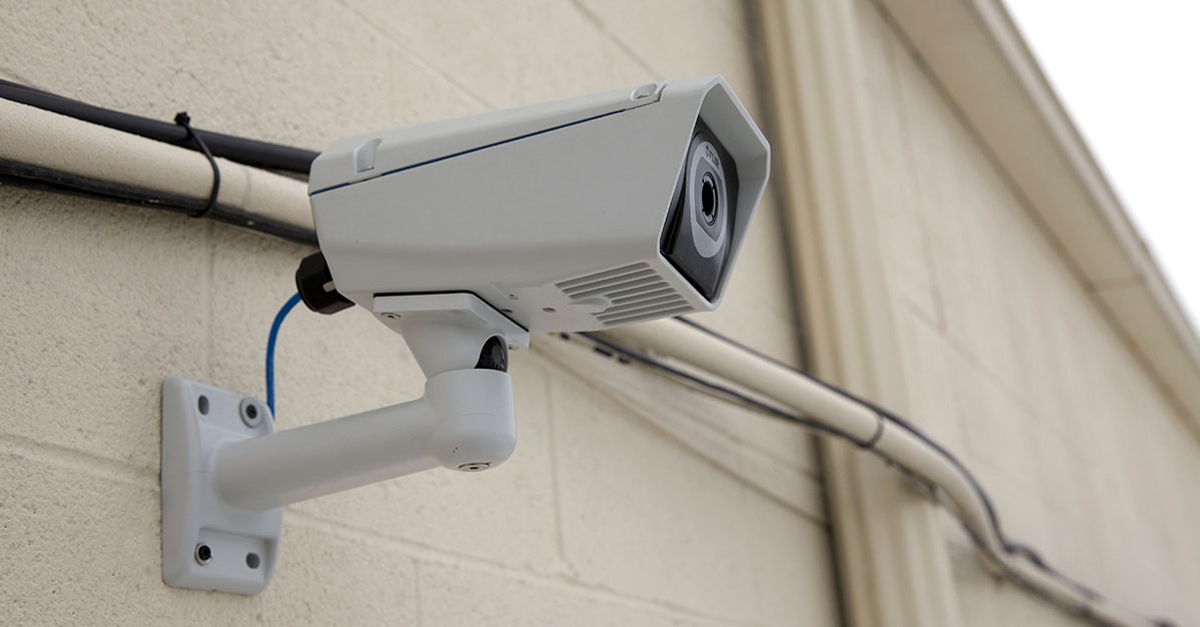
3 Distinguishing Features of Superior Thermal Cameras
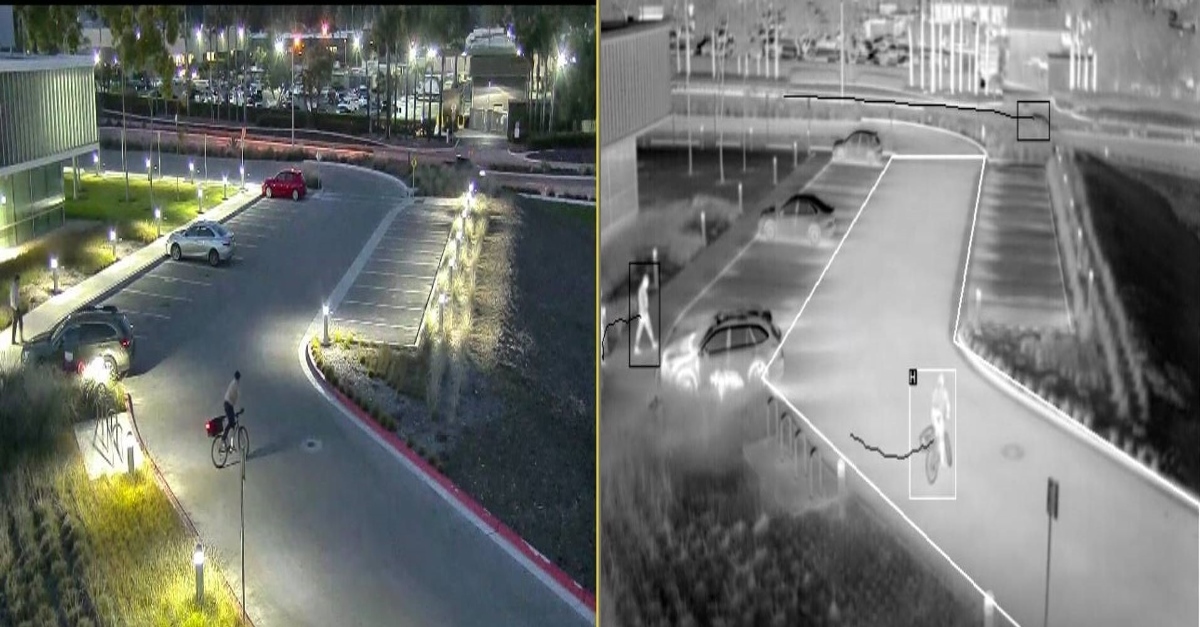
Determine Which Visible and Thermal Security Cameras You Need
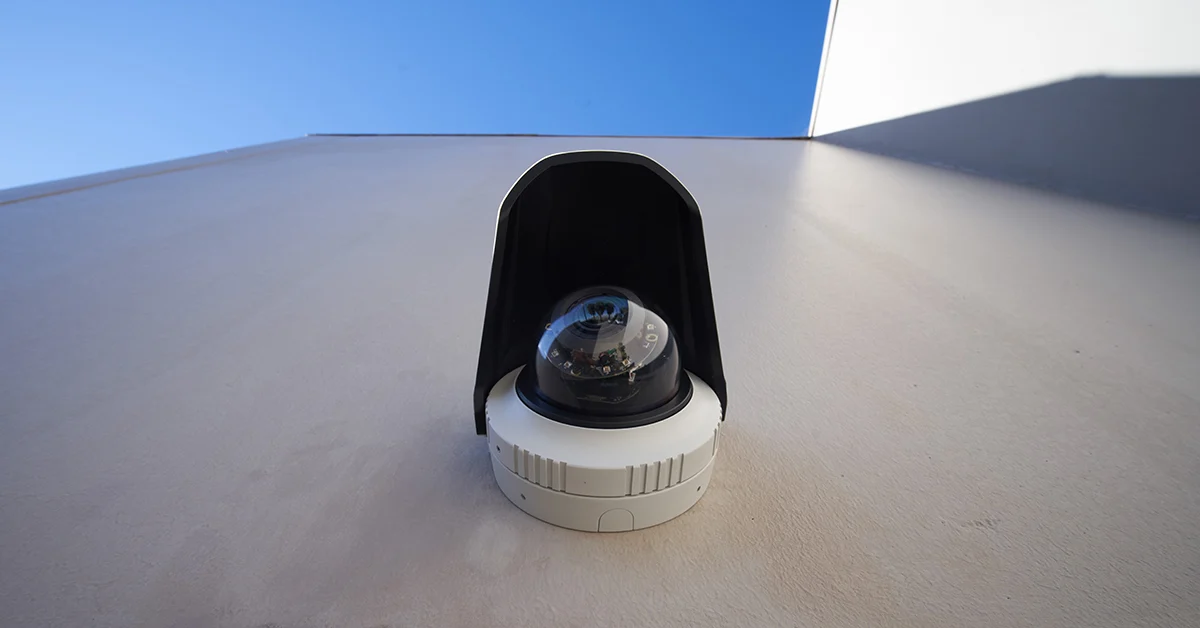
Bullet vs. PTZ vs. Dome: Which Security Camera Is Right for You?
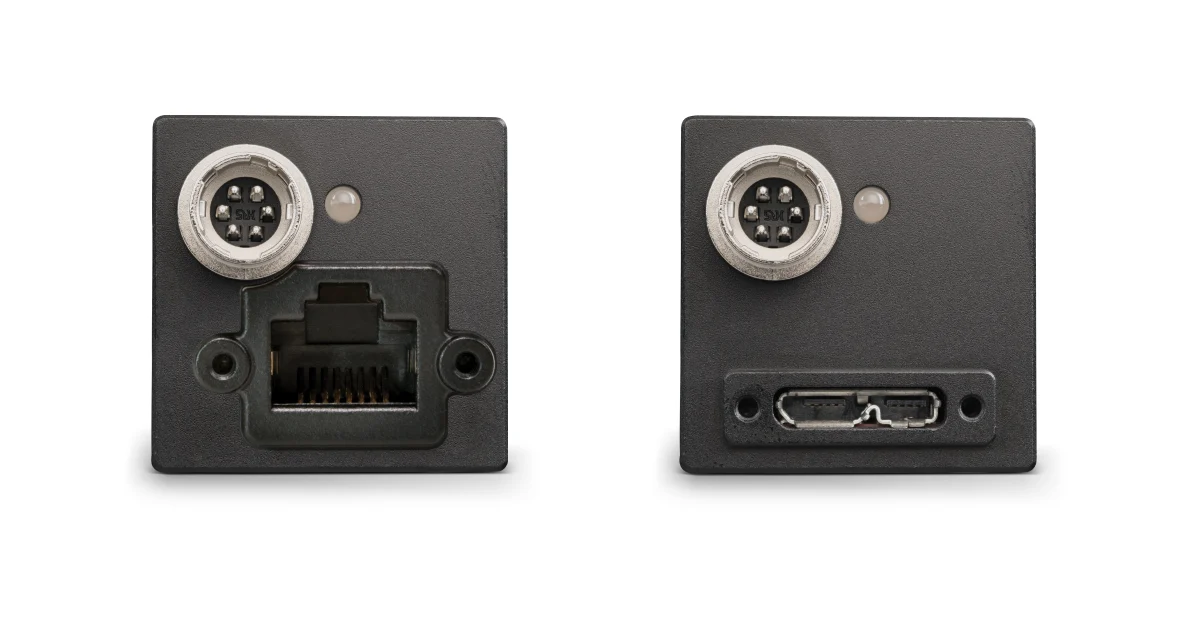
Interfaces for Machine Vision
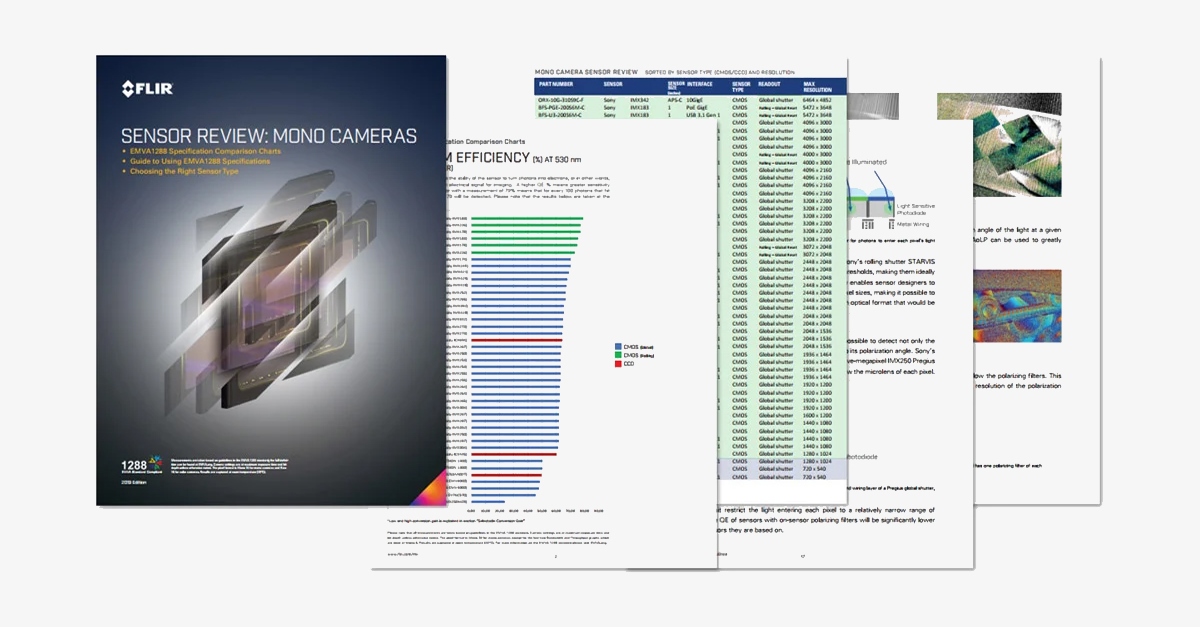
Machine Vision Sensor Review
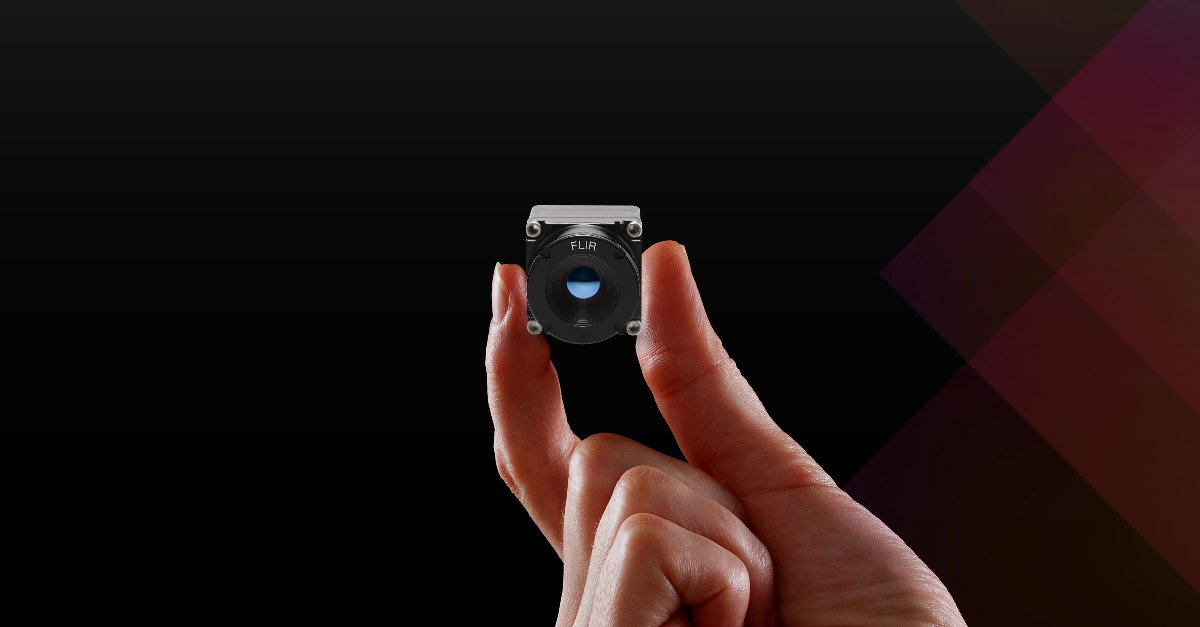
Teledyne FLIR, the Industry Leader, Launches Boson +, a Long-Wave Infrared Thermal Imager Module with an Accuracy of Less Than 20 mK

Whitepaper: IP-Based Security Convergence

3 Technologies Transforming Safe Cities into Smart Cities

Insights from the Field: Ensuring Workplace Safety Using Thermal Camera Screening for Entry Control

Thermal Night Vision as a Force Multiplier

Can Thermal Imaging See Through Walls? And Other Common Questions
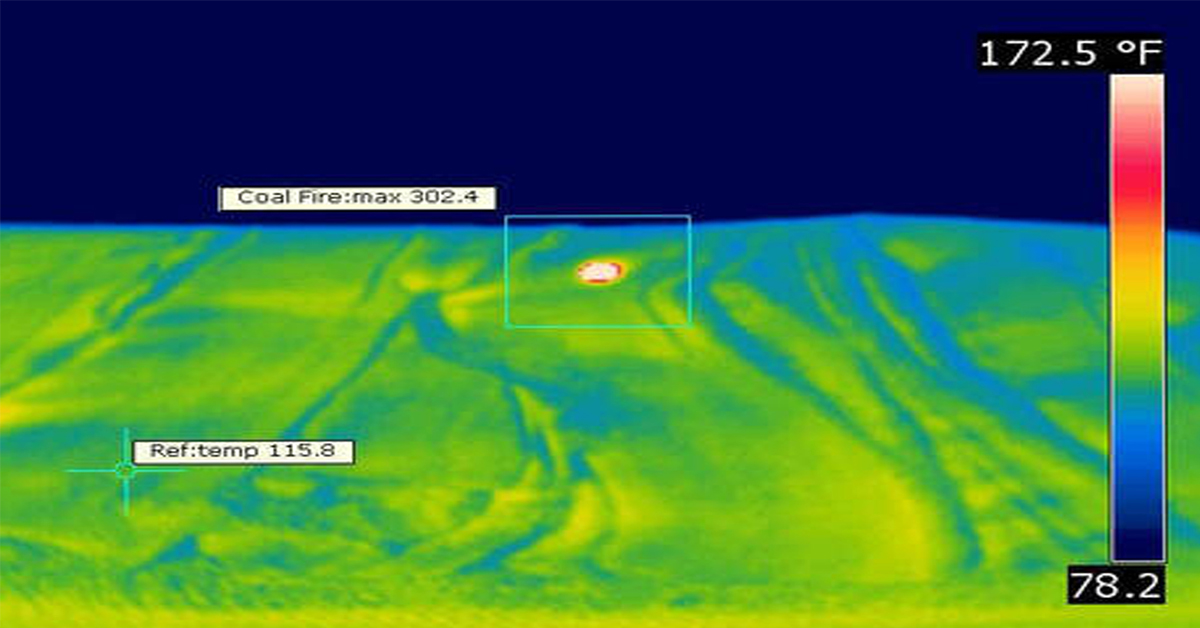
Application Spotlight: Early Fire Detection for Rapid Heat Generation
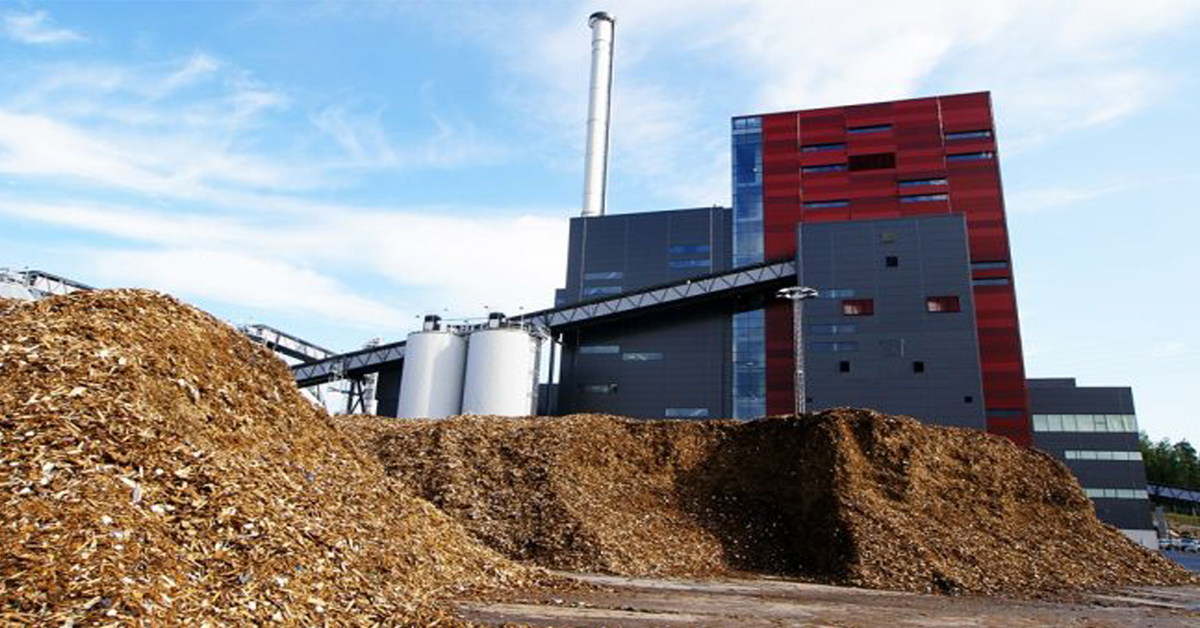
Protect Personnel and Equipment by Detecting Early Signs of Fire
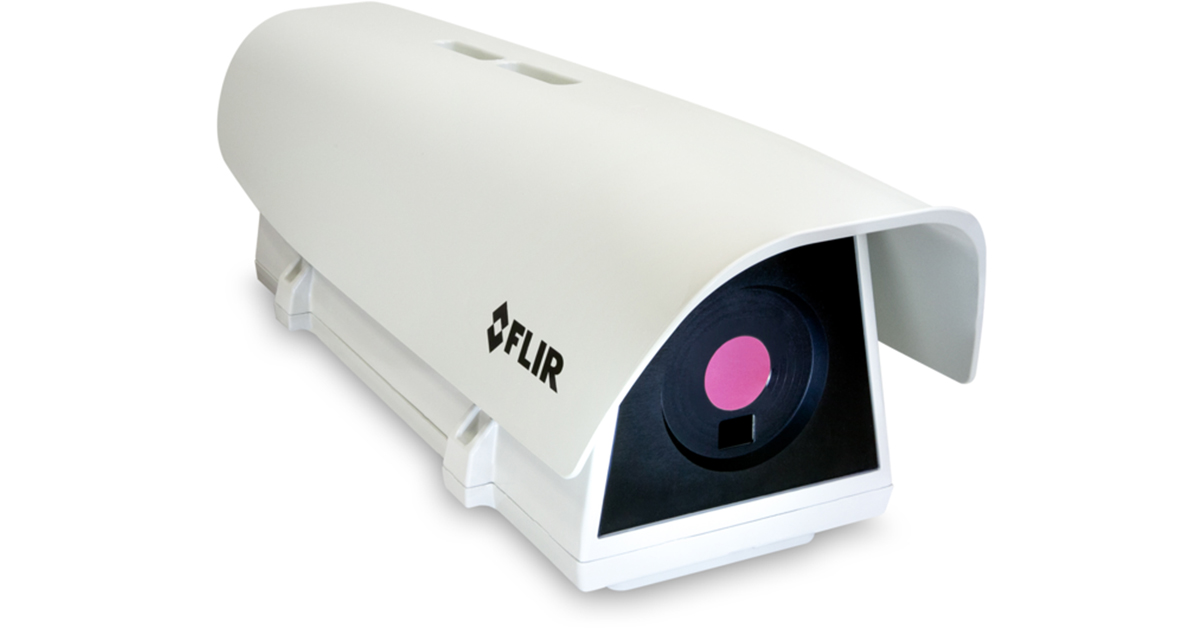
Teledyne FLIR Launches A500f/A700f Cameras for Fire Detection and Condition Monitoring

Thermal Imaging Cameras Help Guarantee Fire Safety in Tunnels
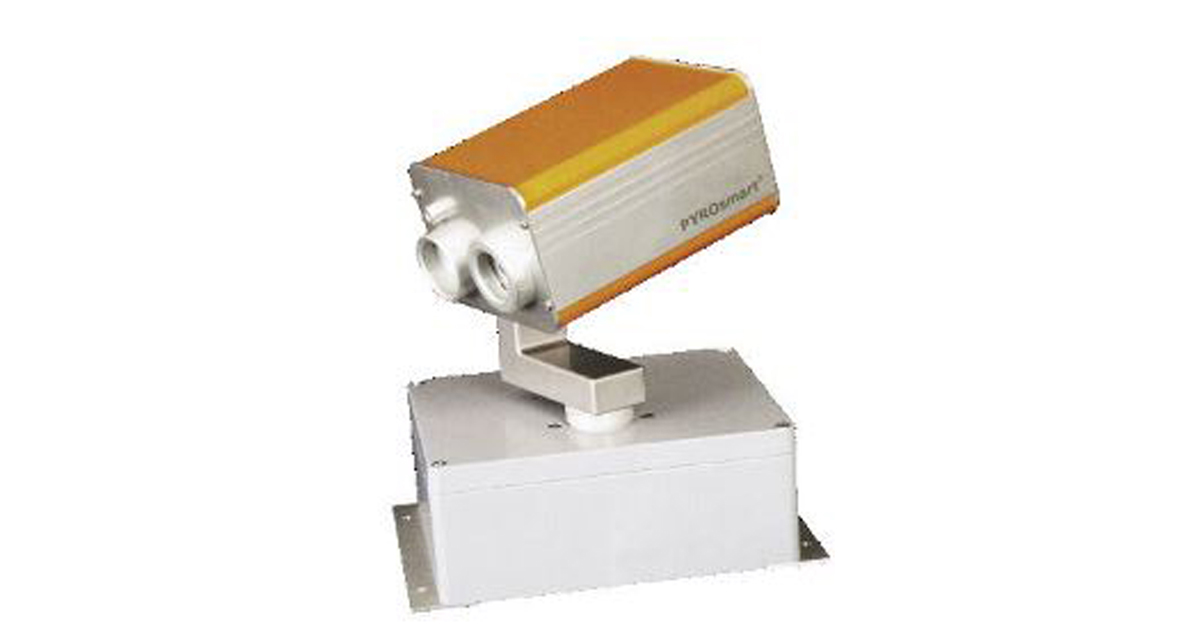
Thermal Imaging Cameras Help to Prevent Fires
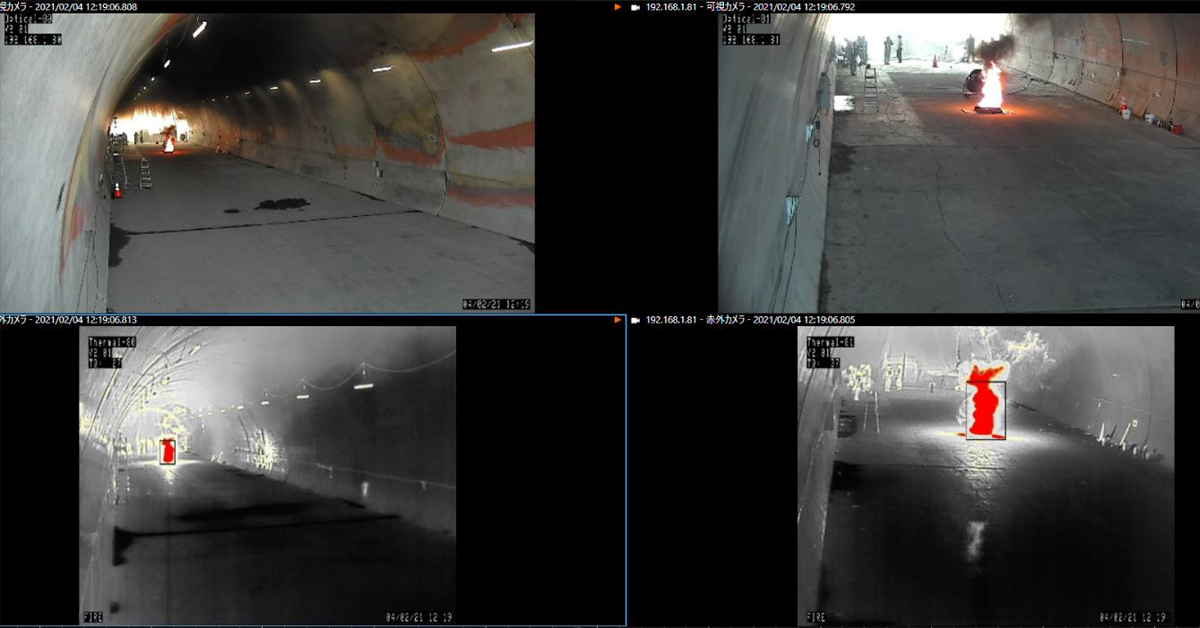
ITS-Series Dual AID Surpasses Standards for Fire Detection Systems in Japan

How Layering Multispectral PTZ Cameras and Radars Improve Perimeter Protection

POWER REMOTE RESET TECHNOLOGY - PRRT

Why Yacht Owners are Adding Thermal Imaging Cameras to Minimise the Risk of Lithium-Ion Battery Fires?
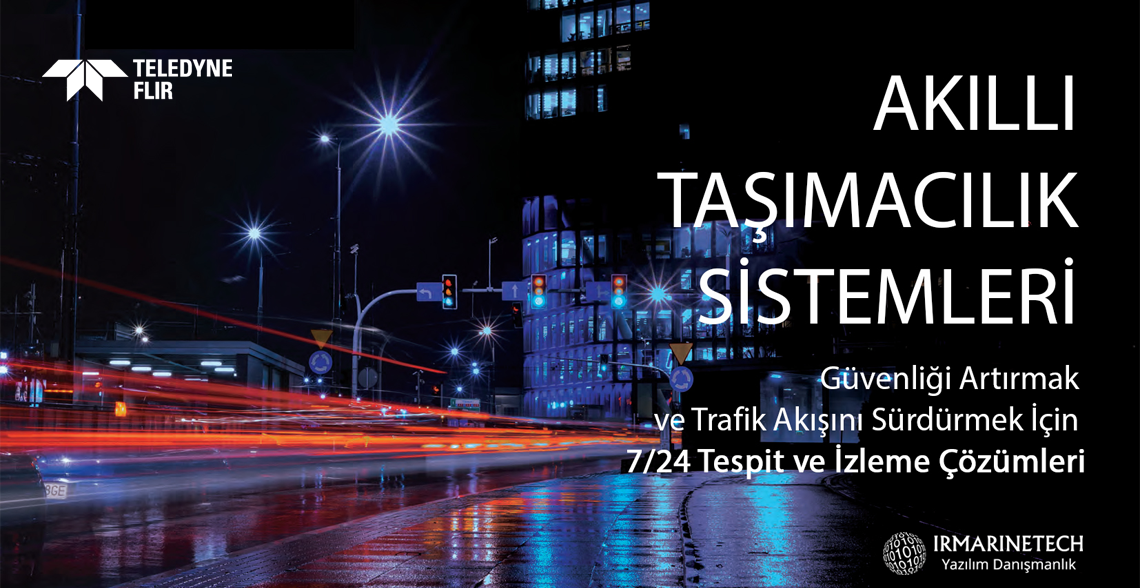
Intelligent Transportation Systems
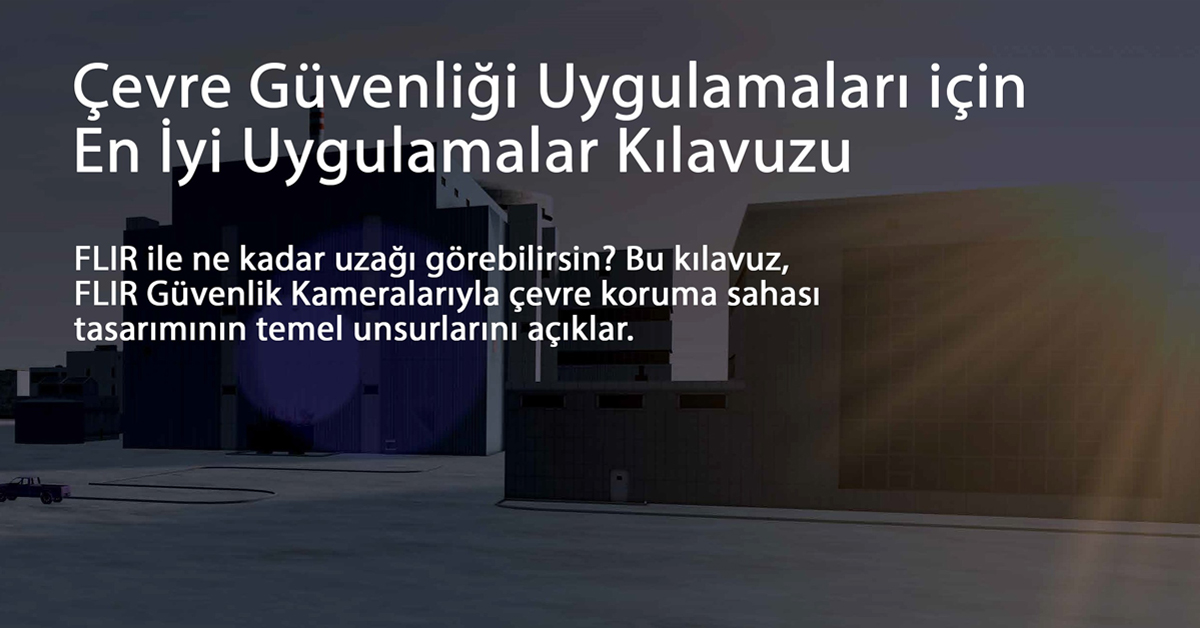
Best Practices Guide for Perimeter Security Applications

Protect Pedestrians, Bicyclists and More with Thermal Smart Sensors

White Paper: Application of Ground-Based Security Radar to Perimeter Systems

What is Thermal Leakage and How to Reduce Its Risks
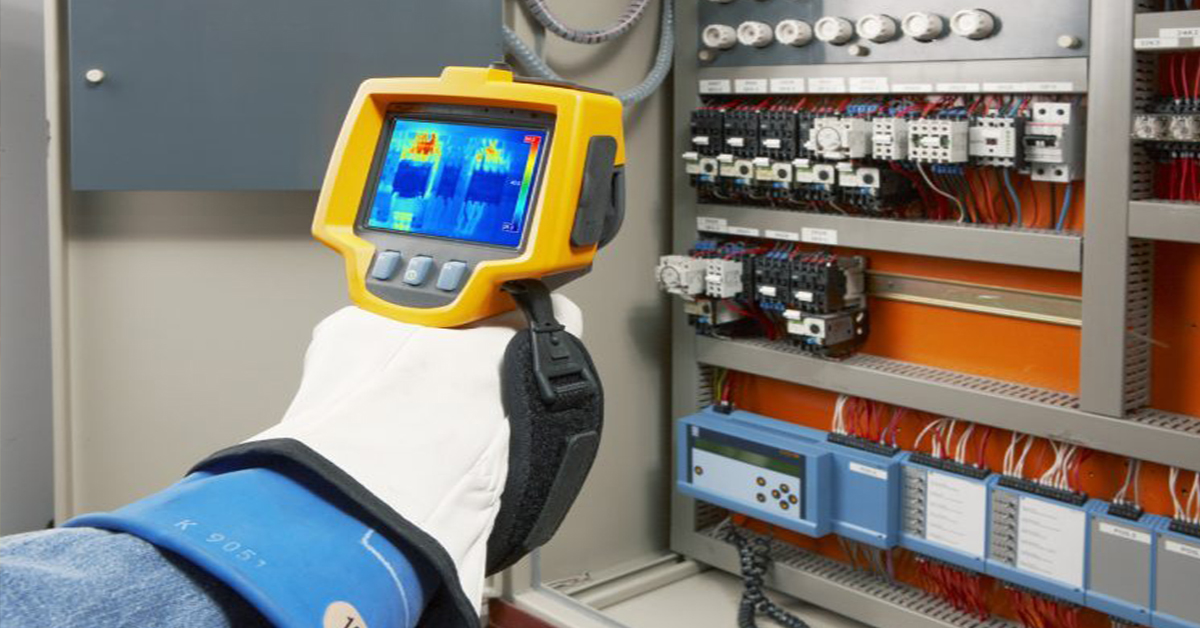
Battery Inspection Using Advanced Thermography
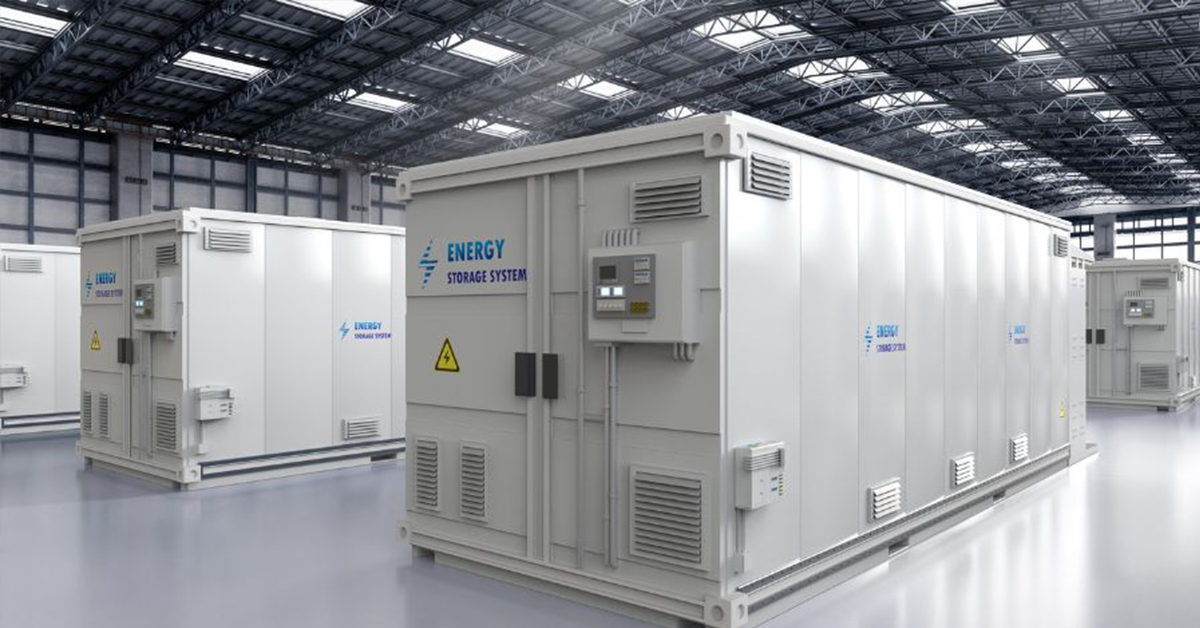
Providing ire Protection for Lithium Battery Storage
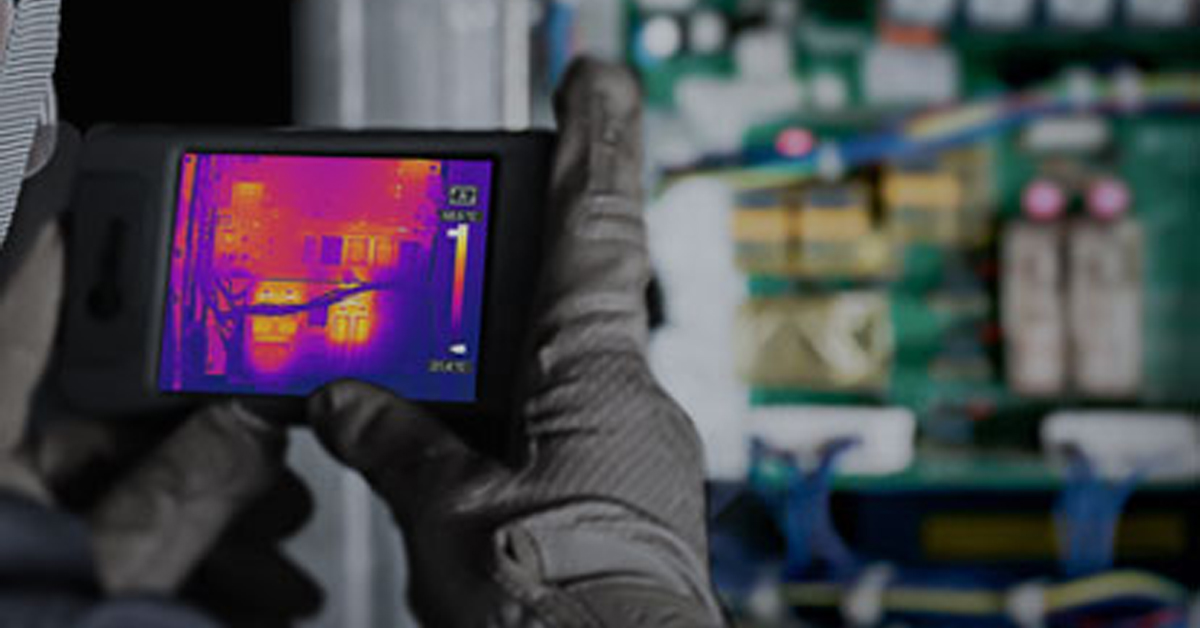
The Power of Thermal Imaging
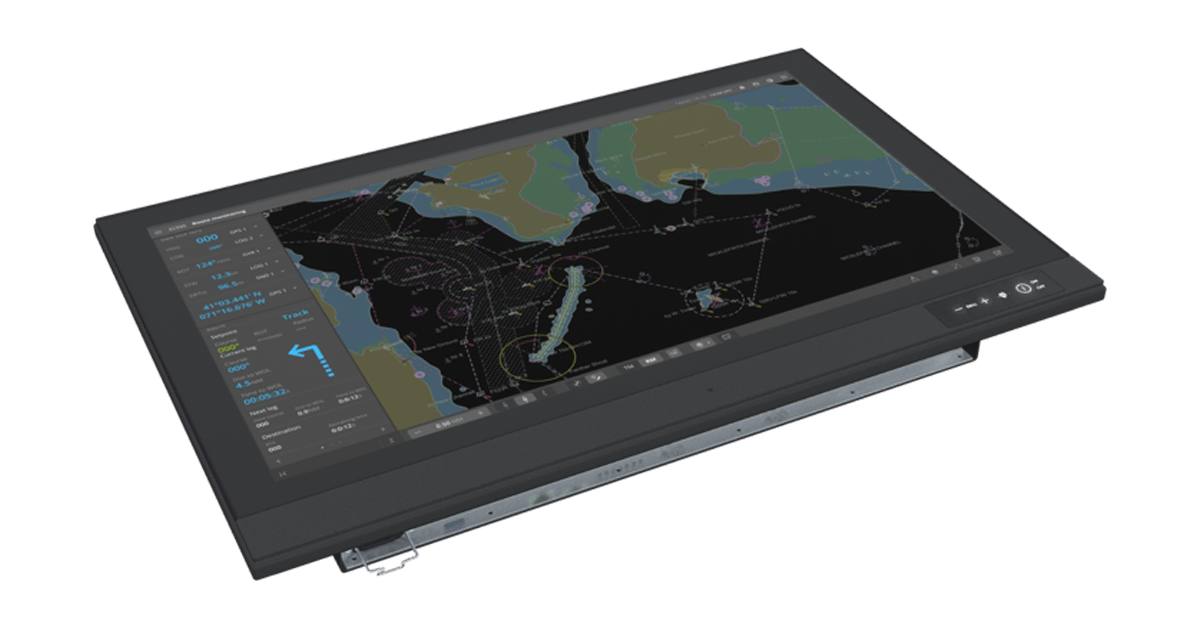
Why Panel PCs Are Perfect For Industrial Applications?

Teledyne DALSA
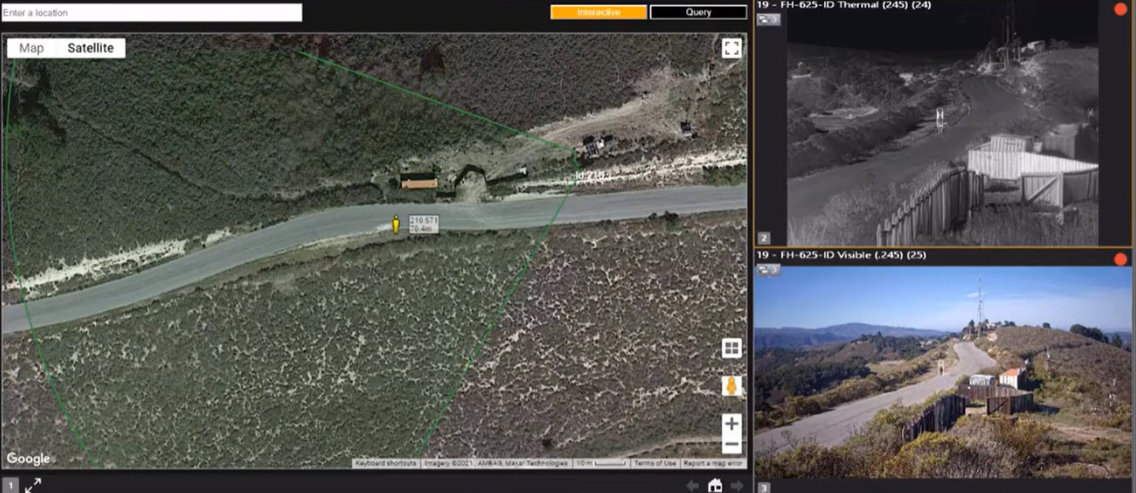
Advantages of Virtual Barrier Video Analytics for Perimeter Security Systems


NASA Takes the Teledyne FLIR Boson Thermal Camera Module Out of this World
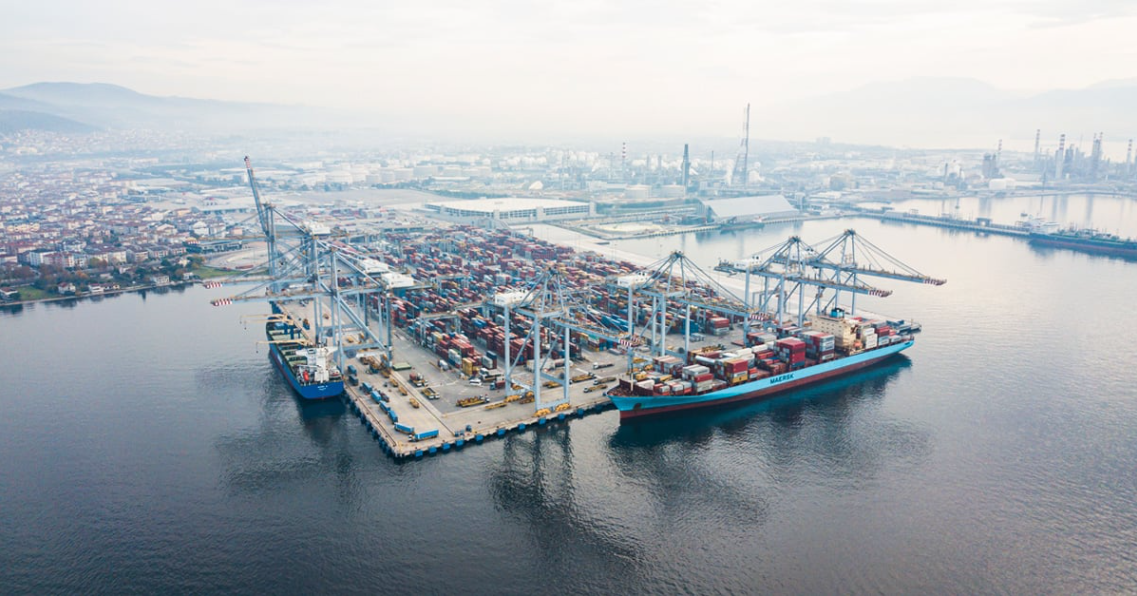
Port Security Enhancement: DP World Yarımca's Trust in FLIR Security Solutions for Effective and Safe Port Operations
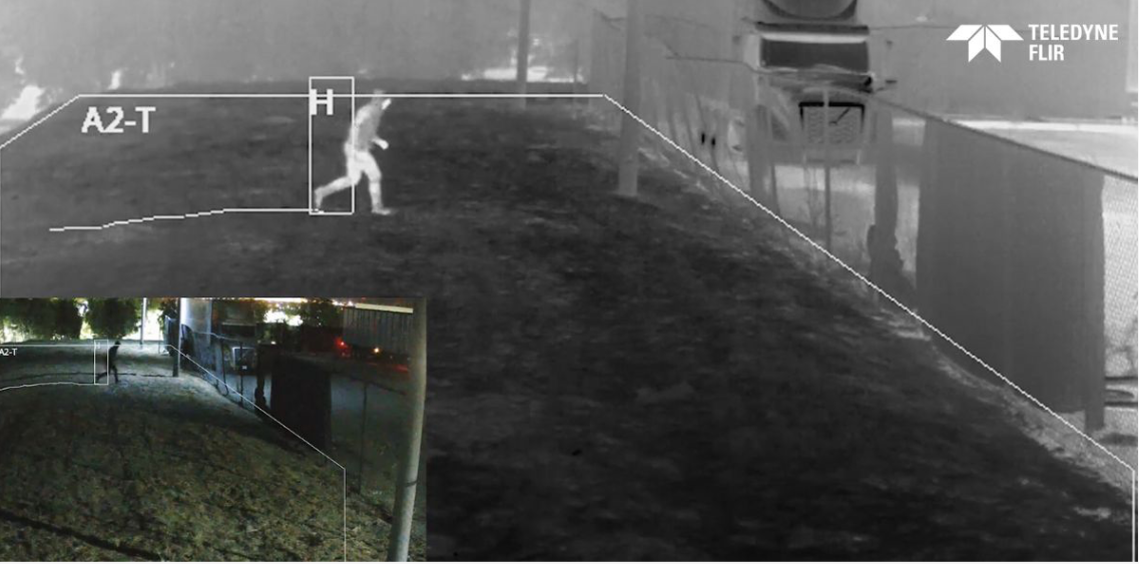
The Importance of Thermal Sensitivity (NETD) for Detection Accuracy

Bosphorus Boat Show 2025: The Meeting Point of the Maritime World
